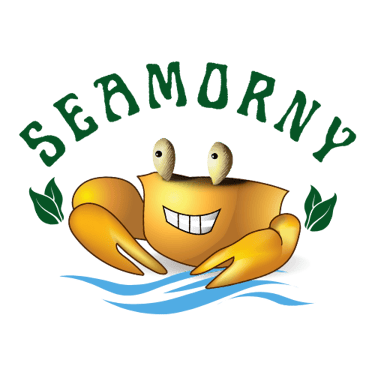From Vietnam to the World: A Journey into Crab Export with SEAMORNY HOLDINGS
Discover the Science Behind Crab Export Compliance. Uncover the data-driven insights and precise regulations steering SEAMORNY HOLDINGS in their journey to ensure quality and sustainability in the global crab export market. Navigate the complexities with a blend of scientific precision and industry compliance expertise.
CRAB STORIES


The global demand for crabs is on the rise, and for businesses engaged in crab export, understanding and adhering to regulations are crucial. This blog delves into the intricate world of crab export regulations, highlighting the importance of compliance and the certifications required for a seamless global trade.
1. Overview of Global Crab Trade: Explore the current landscape of the global crab trade, citing specific data on market trends, demand projections, and major consumer regions. Acknowledge the significance of complying with international regulations to sustain this growing market.
2. International Standards and Certifications: Detail the international standards and certifications governing crab exports. This section should include specific certifications such as HACCP (Hazard Analysis and Critical Control Points) and MSC (Marine Stewardship Council) and their role in ensuring the quality and sustainability of exported crabs.
3. Compliance with Regional Regulations: Highlight the diversity in regulations across key regions for crab export, including the European Union, the United States, and Asia-Pacific. Provide specific numbers and instances where non-compliance has affected businesses, emphasizing the need for thorough understanding and adherence.
4. Environmental Impact Assessment: Delve into scientific data regarding the environmental impact of crab harvesting and export. Include insights on sustainable practices, quotas, and efforts to mitigate negative ecological consequences.
5. Health and Safety Standards: Examine health and safety standards imposed on crab exports, citing instances where non-compliance led to health hazards. Discuss the role of rigorous inspections, traceability, and proper documentation in ensuring the safety of exported crab products.
6. Technological Solutions for Compliance: Introduce technological advancements aiding compliance, such as traceability systems and blockchain. Provide data on how these innovations contribute to transparency and accountability in the crab export supply chain.
7. Case Studies: Present real-world case studies of businesses that successfully navigated complex regulations, emphasizing the positive impact on their market reputation and long-term sustainability.
8. The Future of Crab Export Compliance: Discuss emerging trends and future developments in crab export regulations. Reference scientific studies and projections to offer insights into how compliance requirements may evolve and how businesses can prepare.
In the dynamic world of crab export, adherence to regulations is not only a legal necessity but a strategic imperative. By understanding and complying with international and regional standards, businesses can not only meet market demands but also contribute to the sustainable future of the global crab trade.
Contact for Sustainable Crab Exporter: For inquiries about sustainably farmed soft-shell and double-skinned crabs, reach out to SEAMORNY HOLDINGS PTE. LTD:
Vietnam Office:
No. D3, Hong Ky Street, Cat Lai Ward, Thu Duc City, Ho Chi Minh City, Vietnam
Tax Code: 0318047553
Contact:
📞 Hotline 1: (+84) 76 2088 907
📞 Hotline 2: (+84) 898 477 448
📧 Email: info@seamorny.com
